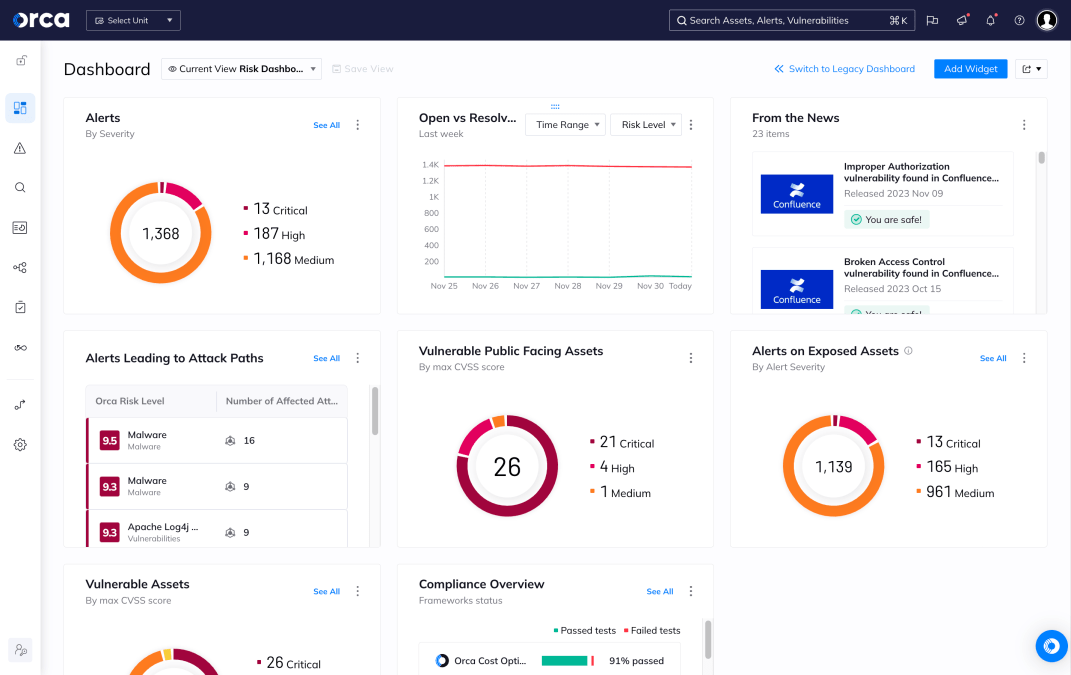Social engineering is a form of cyberattack that manipulates human psychology and behavior to trick individuals into divulging confidential information, performing actions that compromise security, or providing unauthorized access to systems and data. Unlike technical exploits that target software vulnerabilities, social engineering attacks exploit the human element—often considered the weakest link in cybersecurity. In cloud environments, these attacks have become increasingly sophisticated as organizations migrate critical infrastructure and sensitive data to cloud platforms, creating new attack vectors that blend traditional manipulation techniques with cloud-specific targeting methods.
Why is it important?
Social engineering represents one of the most significant and persistent threats to organizational security, with research indicating that the vast majority of successful cyberattacks involve some form of human manipulation. The importance of understanding and defending against social engineering has intensified in cloud computing environments, where a single compromised credential can provide attackers with access to vast amounts of data and resources across multiple services and regions.
Unlike traditional perimeter-based security models, cloud environments rely heavily on identity and access management, making human-targeted attacks particularly effective. The financial impact is substantial, with organizations experiencing significant costs per data breach, many originating from successful social engineering campaigns that exploit the human factor in cloud security.
How does it work?
Social engineering attacks typically follow a structured methodology that begins with reconnaissance, where attackers gather information about targets through public sources, social media profiles, company websites, and leaked data. This intelligence gathering phase helps attackers craft personalized and convincing attack scenarios.
Common techniques include:
- Phishing: Deceptive emails appearing to come from trusted sources.
- Pretexting: Inventing scenarios to manipulate targets into revealing information.
- Baiting: Offering something enticing to trigger malicious actions.
- Quid pro quo: Promising benefits in exchange for access or information.
In cloud environments, attackers may:
- Impersonate cloud service providers or IT support.
- Target DevOps teams and administrators with high privileges.
- Use voice phishing (vishing) and business email compromise (BEC) attacks.
These techniques are particularly dangerous in cloud environments due to the scale and sensitivity of access that can be gained from a single set of compromised credentials.
Security risks and challenges
Social engineering attacks in cloud environments present several unique and critical challenges:
- Credential compromise: Stolen credentials can grant access across multiple cloud services.
- Cloud console targeting: Administrative interfaces become high-value targets.
- Misconfiguration exploitation: Attackers take advantage of rapid deployments and overlooked cloud settings.
- Blind spots: The ephemeral nature of cloud resources can create gaps in visibility.
- Increased attack surface: Multi-cloud and hybrid environments add complexity to access management.
- Remote work risk: Distributed teams make verifying requests more difficult, increasing phishing success rates.
Human error and social engineering are leading causes of cloud-related security incidents, especially in the context of cloud identity management.
Best practices and mitigation strategies
To defend against social engineering attacks, organizations should implement a multi-layered strategy:
- Security awareness training: Educate employees about cloud-specific social engineering tactics and run regular phishing simulations.
- Multi-factor authentication (MFA): Require MFA for all users, especially privileged accounts. Prefer hardware-based or app-based methods.
- Zero-trust principles: Require verification for every access request regardless of location or role.
- Privileged access management (PAM): Monitor and restrict high-risk access to cloud resources.
- Email and identity protection: Use advanced threat protection and secure email gateways.
- Verification protocols: Establish secondary communication methods for validating sensitive or urgent requests.
- Penetration testing: Conduct regular red/purple team exercises focused on social engineering.
- Incident response plans: Include cloud-specific social engineering scenarios and recovery procedures.
- Backup and recovery: Test backup procedures to ensure resilience in the event of credential compromise or data loss.
How Orca Security helps
The Orca Cloud Security Platform helps organizations protect against social engineering risks across cloud environments through a combination of capabilities, including:
- Providing complete visibility into cloud resources, including identities and permissions that could be exploited by social engineers
- Identifying excessive privileges and inactive user credentials that represent prime targets for manipulation
- Monitoring for suspicious behavior, such as unusual login attempts, privilege escalations, or lateral movement risks
- Prioritizing risks holistically so security teams can focus on remediating the most severe and potentially impactful risks
- Providing real-time visibility, monitoring, and detection to neutralize active threats and secure sensitive cloud workloads
With Orca, security teams gain the context and continuous monitoring they need to reduce the success rate of social engineering attacks and strengthen cloud security resilience.



